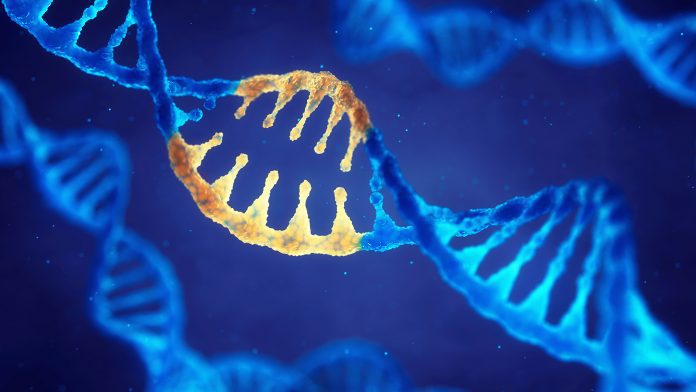
Researchers from the University of Portsmouth have identified a novel genetic link between Duchenne muscular dystrophy and cancer.
The muscle-wasting disease Duchenne muscular dystrophy is known to be caused by mutations in the gene encoding of dystrophins. The diseaseaffects one in every 5,000 boys born, and people with the disease are typically expected to live only until their 20s or 30s.
A new study led by researchers at the University of Portsmouth has found that the same gene that causes Duchenne Muscular dystrophy plays a role in oncology. The researchers made the discovery whilst analysing a variety of malignant tissues, including tissues from breast, ovarian, and gastrointestinal cancer patients.
The study, titled ‘Downregulation of Dystrophin Expression Occurs across Diverse Tumours, Correlates with the Age of Onset, Staging and Reduced Survival of Patients’, has been published in the journal Cancers.
The role of dystrophins
The researchers found that Duchenne muscular dystrophy gene expression was reduced in 80% of these tumours. This led them to hypothesise that low expression of dystrophins may be associated with advanced stages of cancer and reduced rates of survival across different tumours.
Children can inherit the disease from a parent, but the disease can also occur due to a random genetic mutation. These mutations happen when there is a fault in the dystrophin gene. Dystrophin is essential for maintaining muscle function and strength.
The dystrophin gene is the largest in the body and comprises 79 active pieces of DNA called exons. Each of these exons is joined together in a sequence that communicates essential information for the body to produce dystrophin. Any errors in this sequence can lead to the development of Duchenne muscular dystrophy.
The researchers have urged fellow scientists to re-evaluate the currently accepted views that dystrophin expression is only relevant to muscles and that dystrophin expression found across numerous tissues results from illegitimate transcription.
“The findings that the gene has a role in tumours expands the growing evidence of its significance beyond Duchenne muscular dystrophy,” said senior author Professor Darek Gorecki from the School of Pharmacy and Biological Sciences at the University of Portsmouth.
“Further investigation is needed to better understand the role of Duchenne muscular dystrophy in malignancies and how it may be exploited in monitoring cancer progression and treatment.”
The findings can help identify Duchenne muscular dystrophy sooner
Researchers recently discovered that the disease develops significantly earlier than previously thought. The same research team published results from a Duchenne muscular dystrophy model in 2021. The model allowed the researchers to analyse the initial cause and manifestation of the disease, finding evidence of abnormalities before the embryo’s development.
The similarities between embryonic development and cancer formation, including invasive potential, changes in gene expression and other behaviours, encouraged the team to investigate further Duchene muscular dystrophy gene expression in a range of cancers, which led to the discovery of the novel link.
Most patients diagnosed with Duchenne muscular dystrophy are between two and five years old, by which time significant damage has already affected their bodies. According to Professor Gorecki, the findings of this study should be taken into consideration to avoid delays in diagnosing the condition, which could prevent important therapeutic interventions that could slow the progression of the disease.
“The job of dystrophin, the largest human gene is known, is far more complex than previously believed. It must be better understood if we want to find effective treatments for pathologies caused by its mutations,” explained Professor Gorecki.









